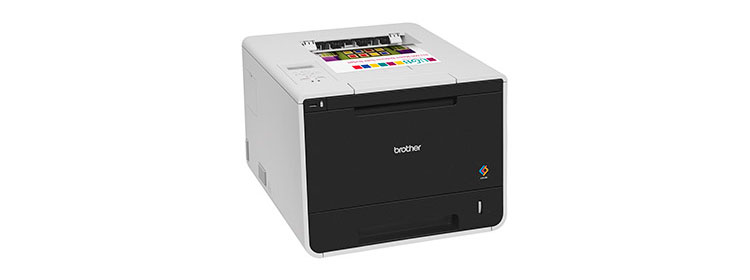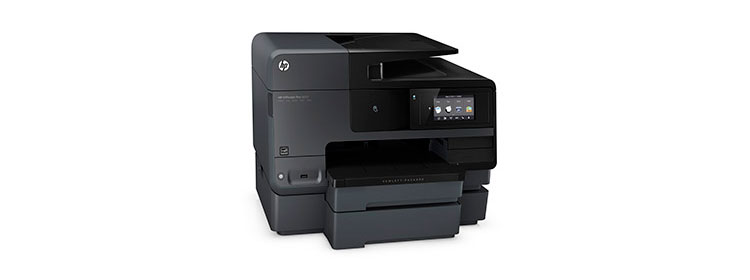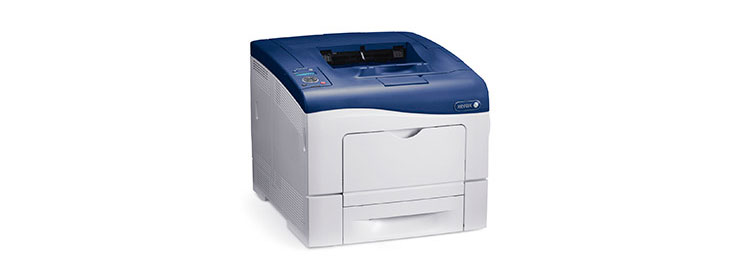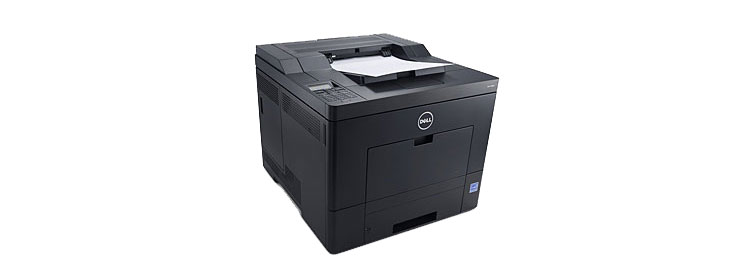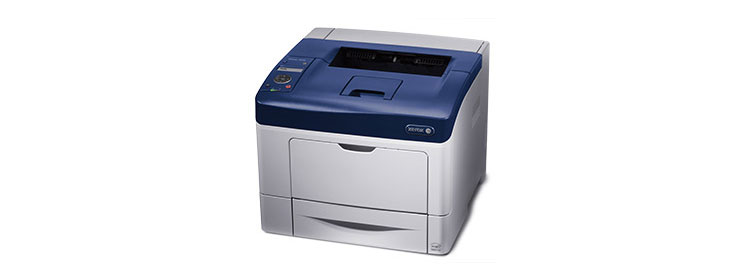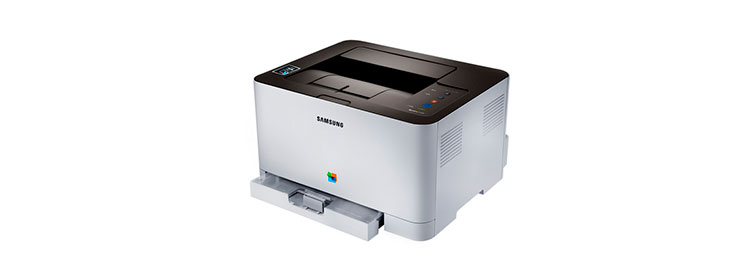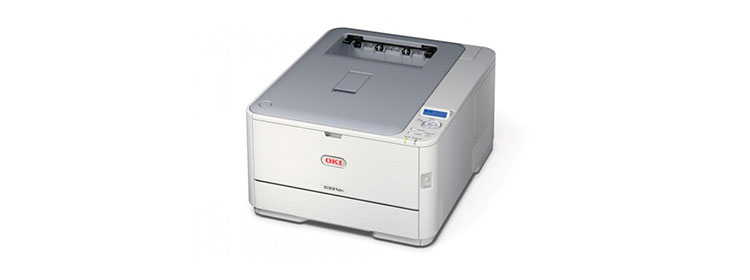Much like the Editors’ Choice Samsung Multifunction Xpress M2875FW$235.49 at Amazon, the HP LaserJet Pro MFP M127fw ($259.99) is small enough to use as a personal monochrome laser multifunction printer (MFP) for light-duty print needs, but also capable enough to serve as a shared printer in a micro or small office. It’s not as fast as the Samsung printer or the Canon imageClass MF4770n$99.99 at Amazon, but it offers most of the MFP features most micro offices need, and it adds HP’s Web apps as a potentially useful extra.
Connection choices for the M127fw$179.93 at Amazon are essentially the same as for the Samsung M2875FW, with USB, Ethernet, Wi-Fi, and Wireless Direct, which is HP’s equivalent to Wi-Fi Direct. Just like Wi-Fi Direct, it will let you connect to the printer from a Wi-Fi-enabled smartphone, tablet, or laptop. This is particularly useful if you don’t have a Wi-Fi access point on your network or you want to connect the printer by USB cable to a single PC, rather than connect it to a network.
Mobile printing features include the ability to print from an iOS or Android smartphone or tablet, as well as from a laptop over Wi-Fi, and print through the cloud, assuming the printer is connected to a network that’s connected to the Internet. In addition, you can use front-panel menus to print from a variety of HP Web apps, including printing postage from Stamps.com and printing forms from Biztree.com. However, you can’t scan to or fax from your mobile device using the iOS or Android apps, the way you can with the Samsung M2875FW.
Basics and Setup
The M127fw’s basic MFP features include the ability to print and fax from, as well as scan to, a PC, including over a network, plus standalone faxing and copying. For scanning, you can use either the letter-size flatbed or the 35-sheet automatic document feeder (ADF), which can handle up to legal-size pages.

Paper handling for printing is limited to a single 150-sheet tray. There’s no manual feed, no duplexer (for two-sided printing), and no upgrade options. The tray is enough for personal or light-duty use in a micro office, but not much more than that. If your print, copy, and incoming fax needs add up to more than about 30 pages per day, adding paper can easily turn into an annoying chore. The Samsung M2875FW does far better on this score, with a 250-sheet capacity, a manual feed, and a duplexer.
Setup is typical for a small monochrome laser. At 12.2 by 16.5 by 14.4 inches (HWD), the M127fw is a little bigger than you may want sitting on your desk, but it’s small enough so you shouldn’t have any trouble finding room for it nearby. For my tests, I connected it by its Ethernet port, and installed the drivers and other software on a Windows Vista system.
Speed and Output Quality
HP rates the printer at 21 pages per minute (ppm), which is the speed you should see for printing a text document or other file with little to no formatting. On our business applications suite, I timed it (using QualityLogic’s hardware and software for timing), at 8.9ppm. That’s enough of a difference between it and the Samsung M2875FW, at 10ppm, that you’ll notice it, but it’s not dramatic. On the other hand, it’s significantly slower than the Canon MF4770n, at 12.3ppm, and also slower than the more directly competitive Canon imageClass MF4880dw$124.99 at Amazon, which is Editors’ Choice in this class if you need fast speed. The MF4880dw’s official speed on our tests is 9.6ppm in its default duplex mode. In unofficial tests in simplex mode, it came in at 12.5ppm, essentially tying the Canon MF4770n.
Output quality for the M127fw is a touch above average overall, thanks to better-than-typical graphics quality. Text is at the low end of a very tight range that includes the vast majority of monochrome laser MFPs, making it easily good enough for almost any business need short of high-quality desktop publishing. Graphics output is top-tier for its category, putting it a step above most of the competition. It’s easily good enough for almost any business need, including PowerPoint handouts and the like.
Photo quality, like text, is typical for a monochrome laser MFP. That makes it easily good enough for printing recognizable images from photos on Web pages, but not for anything more demanding than that.

Despite its strong points, the M127fw is outclassed by its competition on traditional MFP features. The Canon MF4880dw and Samsung M2875FW, both Editors’ Choice models, will give you better paper handling and faster speed, with the Canon printer stronger on speed and the Samsung model offering a wider range of features.
That said, the HP LaserJet Pro MFP M127fw still offers enough to make it worth considering. Because of its low paper capacity and lack of a duplexer and manual feed, it’s a little smaller than either the Canon or Samsung models. That makes it easier to find room for if space is somewhat tight in your office. In addition, its Web apps let you print from a variety of websites using front-panel commands, a feature you won’t get with the Canon or Samsung models. If you can benefit from the small size and have only light-duty print needs, it can easily be a good fit.


